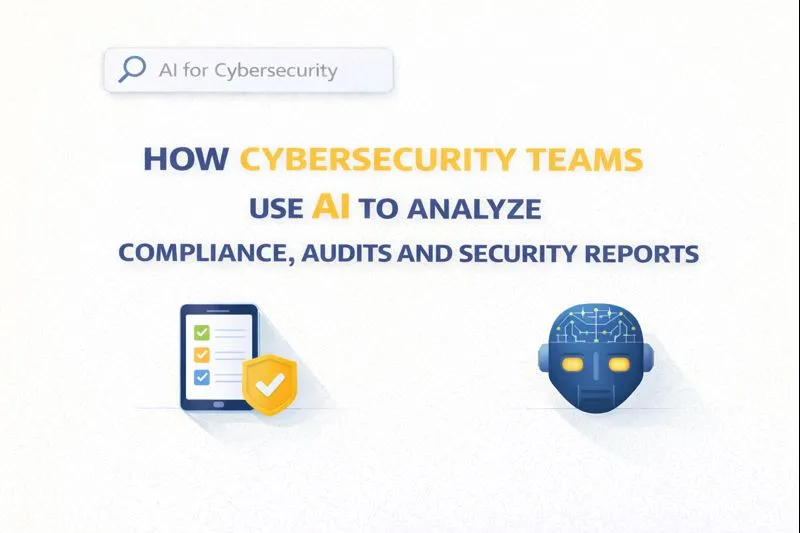Understanding the Lookalike Audience Algorithm

TL;DR
What is a Lookalike Audience Algorithm?
Okay, let's dive into what a Lookalike Audience Algorithm actually is. Ever wish you could clone your best customer? Well, these algorithms try to get pretty darn close.
- It's all about using existing customer data to find new people who look just like 'em. Think of it as digital matchmaking, but for your business.
- The algos analyze the heck outta your best customer's characteristics. This includes things like their browsing behavior on your site and other platforms, their past purchase history, demographic information like age and location, their stated interests, and how they engage with specific content or features on your platform. (Which are the best Artificial Intelligence Algorithms for the Retail ...)
- And then, boom, it finds similar users. AdRoll explains that this helps you skip extra research into finding your target audience.
- Ultimately, it's about improving ad targeting and cutting down on wasted ad spend. You know, finding more of the right people, not just more people.
So, how does this work in real life? Let's say you run a high-end organic skincare company. The algorithm might find new prospects who also follow organic living blogs, shop at Whole Foods, and buy natural beauty products. (How Whole Foods Market Continues to Lead in Natural Foods Retail)
Or, a financial services firm might use it to find potential clients who exhibit similar investment behaviors to their current high-net-worth individuals.
Lookalike audiences are important for growth because they expand your reach to people with a higher likelihood of converting! Plus, they are cost-effective, as MessageGears points out, this avoids guesswork and wasted ad spend.
Up next, we'll explore why these audiences are so crucial for business growth.
How the Lookalike Audience Algorithm Works: A Deep Dive
Okay, so you wanna understand how these lookalike audience algorithms actually work? It's not magic, but it's pretty darn close. Think of it like this: you're giving the algorithm a "VIP pass" to peek at your best customers, and then asking it to find more people who act just like 'em.
First things first: you gotta feed the beast. These algos need data and lots of it! That means creating a seed audience, which is basically a group of your existing customers who you think represent your ideal target.
- To select the best customers for your seed audience, consider criteria like those with the highest lifetime value, customers who have made recent purchases, or individuals who have shown specific engagement metrics with your brand, like frequent website visits or app usage.
- The larger the seed, the better the algorithm can spot patterns. Think of it like showing it a really detailed picture, rather than a blurry one.
- This data includes all sorts of stuff: purchase history, what they click on, how long they spend on your site— basically all their digital footprints.
- And remember: first-party data (the stuff you collect directly) is GOLD. It's way more accurate and reliable than buying data from someone else.
Now comes the fun part: the algorithm starts crunching numbers like a caffeinated accountant.
- It takes your first-party data and compares it to, like, millions of other users out there. This broader user data typically comes from large ad platforms like Facebook, Google, or other ad networks. It's looking for people who act, look, and— well, you get the idea— are similar.
- These similarities get assessed across a bunch of factors like demographics (age, gender, location), interests (what they like on social media), and even what kinda devices they use. Seriously, everything is fair game.
- And the crazy thing is, these algorithms can spot patterns that us humans would never see. It's like they have digital x-ray vision!
Next up, how do you actually use this info to find more customers? We'll get into audience expansion and scaling next.
Best Practices for Improving Lookalike Audience Targeting
Ever wonder if your ad targeting is actually working, or if you're just throwing money into the void? Well, optimizing your lookalike audiences is key, and there's a few pretty simple ways to do it. It's not rocket science, promise!
First things first, your seed audience is like the foundation of your lookalike campaign. If it's built on shaky ground, the whole thing crumbles.
- Make sure your data is accurate and up-to-date. Old or incomplete data is gonna skew the algorithm's results and lead you down the wrong path.
- Regularly refresh your seed audience. People's behaviors and interests change, so keep your data relevant.
- Think of it like this: if you're targeting folks interested in "tech," are you showing them rotary phones or the newest gadgets?
Lookalike audiences are great, but they're even better when paired with other methods. It's like adding spices to a dish – it enhances the flavor.
- Try layering lookalike audiences with demographic targeting. Wanna reach young professionals interested in finance? Combine your lookalike audience with age and income filters.
- Interest-based targeting can narrow things down even further. For a healthcare company, that might mean targeting users interested in wellness and preventative care.
- And don't forget behavioral targeting! Focus on users with specific online behaviors, like those who frequently purchase organic foods.
Optimization is where the magic happens, so constantly test and iterate your campaigns.
- A/B test different seed audiences to see which ones yield the best results. For example, you could test a seed audience composed of your highest lifetime value customers against a seed audience of your most recent purchasers to see which one generates more qualified leads.
- Keep an eye on key metrics like click-through rates, conversion rates, and return on ad spend. If something ain't working, tweak it.
- And remember, marketing is never "done." Continuously iterate and test your campaigns based on the insights you gain.
So, you got your data cleaned, targeting methods combined, and you're testing like a mad scientist. Now what?
Lookalike Audiences for B2B SaaS Growth and Cybersecurity
Alright, so you're probably wondering how lookalike audiences can actually help your B2B SaaS biz or even beef up your cybersecurity game, right? It's not just some abstract marketing fluff, trust me.
Think about it: you've got those sweet, high-paying SaaS clients. Why not find more just like 'em?
- Target companies that mirror your best clients based on things like industry, company size, and even the tech they're already using. This tech stack data is often incorporated through integrations with technology intelligence platforms, allowing algorithms to identify companies using similar software or infrastructure. It's like saying, "Hey, you use Salesforce? You'll love our integration!"
- Find those decision-makers. You know, the ones with similar roles and responsibilities to the folks who signed on the dotted line before. Are they a ceo or a marketing manager?
- And here's a big one: identify companies grappling with the same challenges and pain points your current clients had before they found you.
Now, let's get to the juicy stuff: cybersecurity. This is where lookalike audiences can be really clever.
- You can sniff out companies that show similar security weaknesses or even have a history of incidents like your current clients. Think of it as digital threat hunting.
- Target those IT pros and security managers whose profiles look like the ones who've already adopted your kick-ass solutions.
- Reach companies that fit the profile of those most likely to get hit with cyber threats. You're basically offering them a shield before the storm.
But here's the catch: you gotta play it cool with data privacy. No one wants to feel spied on. The good news is that lookalike audiences are based on patterns, not individual data, so you're still playing by the rules! This pattern-based analysis ensures privacy compliance because it focuses on aggregate behaviors rather than identifying specific individuals, which aligns with regulations like GDPR and CCPA. Which, honestly, is pretty sweet: you still get the reach, and you don't get a lawsuit.
So, there you have it. Lookalike audiences? Not just for selling more cat toys – they're a legit growth tool for B2B SaaS and even keeping the bad guys out. Now go forth and grow!




